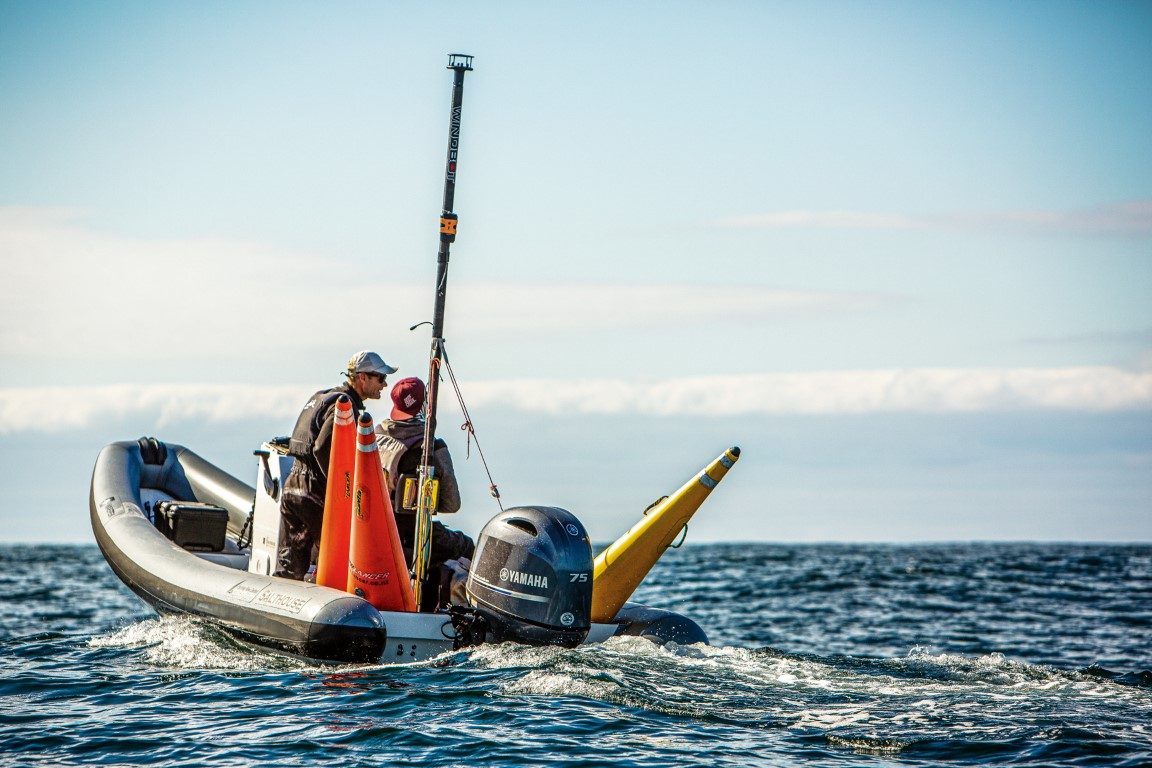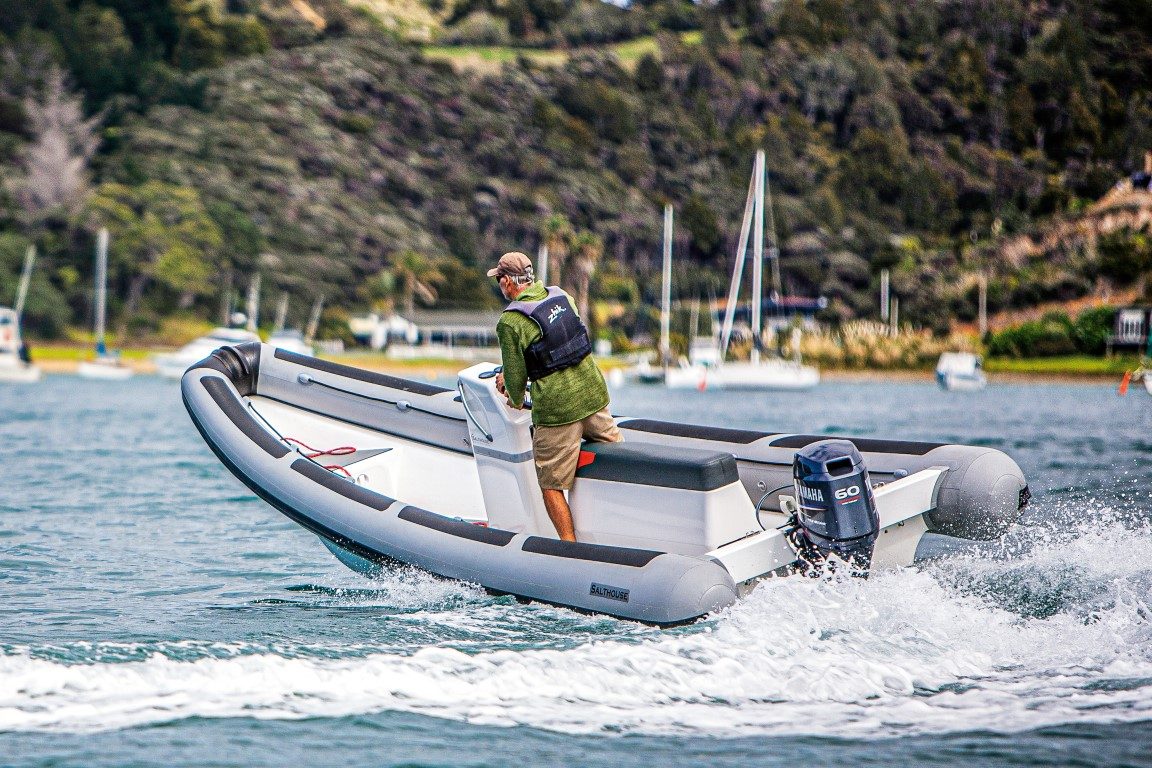‘Behemoth’ is a word which springs to mind or, perhaps more nautically, ‘leviathan’.
- Ample foredeck for sail handling duties or first aid
- High bow for a smooth, dry ride in the rough and excellent seakeeping
- Fast enough to keep up with modern foiling yacht classes
- Highly manoeuvrable at low speed


















